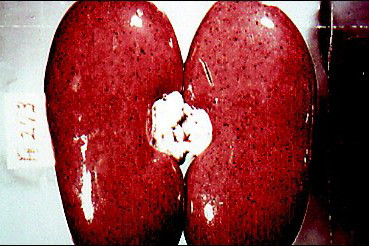China struggling to control new strain of CSF

China has been reporting a novel subgenotype of Classical Swine Fever virus (CSFv). Until now, vaccination has not been shown to provide 100% prevention, leading to increased amounts of outbreaks and increased attention being paid by authorities.
The subgenotype is named ‘2.1d’.
In an attempt to get to know more about this subgenotype, a series of researchers of the Harbin Veterinary Research Institute, Chinese Academy of Agricultural Sciences (CAAS), Harbin, China, aimed to evaluate the efficacy of the C-strain-based vaccines, used against the new sub-genotype. Their outcomes were published in
Controlling CSF with C-strain vaccine
The researchers pointed out in their paper: “The disease has been controlled following extensive vaccination with the lapinised attenuated vaccine C-strain for decades in China. However, frequent CSF outbreaks occurred recently in a large number of C-strain-vaccinated pig farms in China and a new subgenotype 2.1d of CSFV has been reported to be responsible for the outbreaks.”
The researchers wrote how they “analysed the molecular variations and antigenic differences among the C-strain-based commercial vaccines of different origins from different manufacturers in China, and re-evaluated the vaccines against the emerging subgenotype 2.1d strain of CSFv.
Clinical but not pathological and virological protection
Having done meticulous research to the different vaccines and subgenotypes, the scientists concluded that, taken together, the C-strain-based vaccines of different origins showed molecular variations and antigenic differences, and could provide clinical but not pathological and virological protection against the subgenotype 2.1d CSFv emerging in China.
The team concluded that further investigation is needed to comprehensively assess the efficacy of C-strain of different doses against the subgenotype 2.1d CSFv.
The research paper was authored by Yuzi Luo, Shengwei Ji, Jian-Lin Lei, Guang-Tao Xiang, Yan Liu, Yao Gao, Xing-Yu Meng, Guanglai Zheng, En-Yu Zhang, Yimin Wang, Ming-Liang Du, Yongfeng Li, Su Li, Xi-Jun He and Yuan Sun. All are attached to the Harbin Veterinary Research Institute, Chinese Academy of Agricultural Sciences, Harbin, China.












